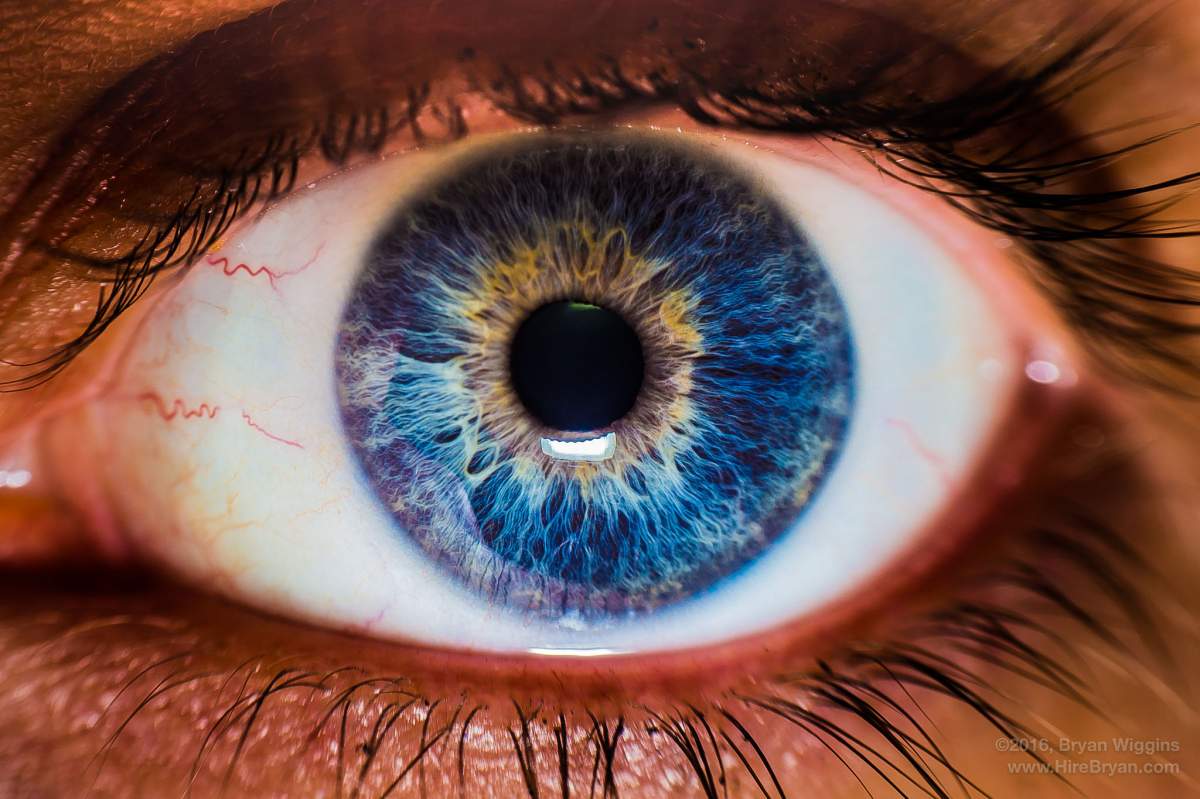
Now that 3D Printers are more readily available, it feels like, for better and for worse, anything you can imagine can be printed. And while you might familiar with the standard 3D printers that use plastic to print objects, there are labs out there now with bio printers.
A bio printer is a 3D printer that can print living material. Recently, scientists used it to make the first 3D printed human cornea.
What Is A Cornea?
The cornea is the transparent structure in front of the eye through which we can see the colored iris. A lot of people worldwide would benefit from a cornea transplant: 10 million people need corneal surgery to prevent blindness, and almost 5 million others are totally blind from problems with their corneas. So, 3D printing corneas could potentially help a lot of people.
The most difficult part of the process was making the bio-ink--the solution that can be printed. The gel contains living corneal stem cells, so the material had to be something that kept them alive.
Seaweed And Collagen
It also needed to be firm enough to hold its shape, but malleable enough to squeeze through the printer's nozzle. The researchers eventually found what did the trick: a mixture of alginate, a material derived from seaweed, and collagen, the primary protein in human corneas. They added the bio-ink to a simple 3D bio printer, and printed the ink into concentric circles that formed anatomically correct human corneas.
They'll still need to do a lot of testing before they can actually implant them in human eyes.
Thank you to Arthur Bradley of Indiana University for reviewing this episode's script.
If you want to keep thinking about how your vision works, we recently did an episode on saccades, a type of rapid eye movement.
Sources And Further Reading:
- Isaacson, Abigail. Swikolo, Stephen. Connon, Che J. "3D bioprinting of a corneal stroma equivalent." Experimental Eye Research Volume 173, August 2018, Pages 188-19. https://doi.org/10.1016/j.exer.2018.05.010
- Newcastle University. "First 3D-printed human corneas." ScienceDaily. May 29, 2018. Accessed September 4, 2018.









